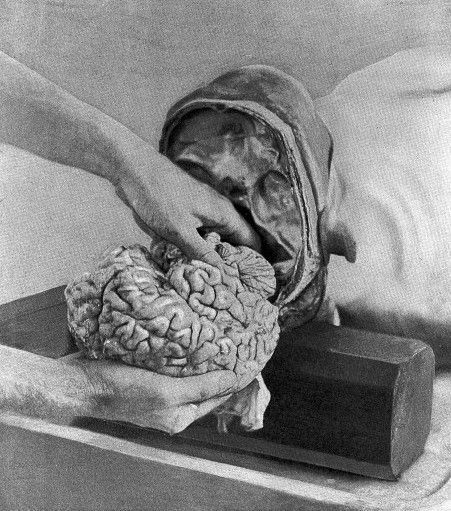Eating Less Makes Your Brain Younger link
By Alasdair Wilkins
12/19/2011
Studies have shown that putting someone on a near-starvation diet eating 70% of usual food consumption will extend lifespan greatly. Mice placed on these extreme diets show greater cognitive abilities than their counterparts and they are less aggressive. Most excitingly, they only rarely develop Alzheimer's disease, and when they do the symptoms tend to be much less severe than in those of other mice. Effectively, caloric restriction is keeping mouse brains young.
And now Italian researchers have discovered what molecule is effected by this caloric restriction; CREB1. the molecule activates genes linked both to longevity and to the proper, more efficient functioning of the brain. We already knew that CREB1 helps regulate brain functions like memory, learning, and control of anxiety, and that aging reduces the effect of this molecule. Now we know that reduced caloric intake can improve the molecule's performance, and even slow the onset of aging in the brain.
In fact, it seems that the benefits of caloric restriction in the brain are
all to do with CREB1 - when the molecule is removed from the mouse's brains, caloric restriction has no cognitive benefit. The researchers believe this same mechanism should exist in humans. Team leader Dr. Giovambattista Pani says he hopes to discover new drugs that can super-charge the activation of CREB1 without having to endure such an extreme diet. If they are successful, we could keep our brains younger and fitter than ever, while still being allowed to enjoy a good meal.







